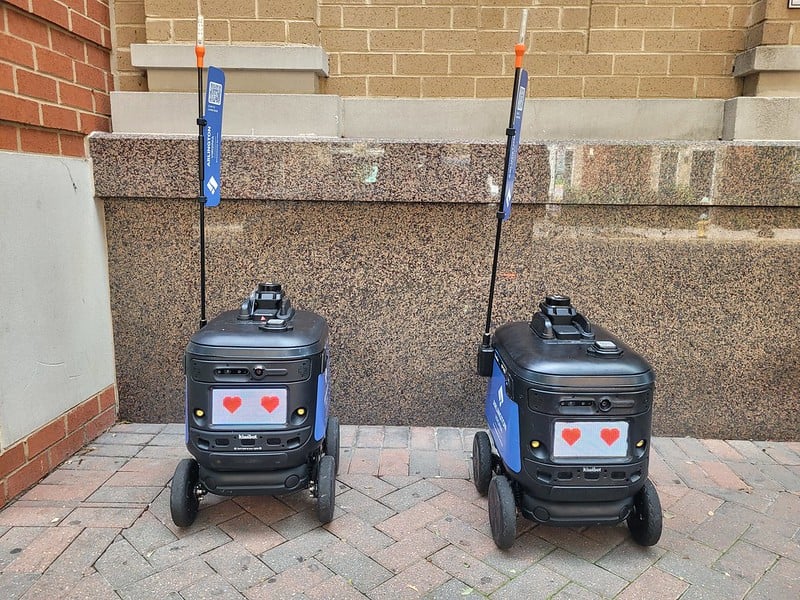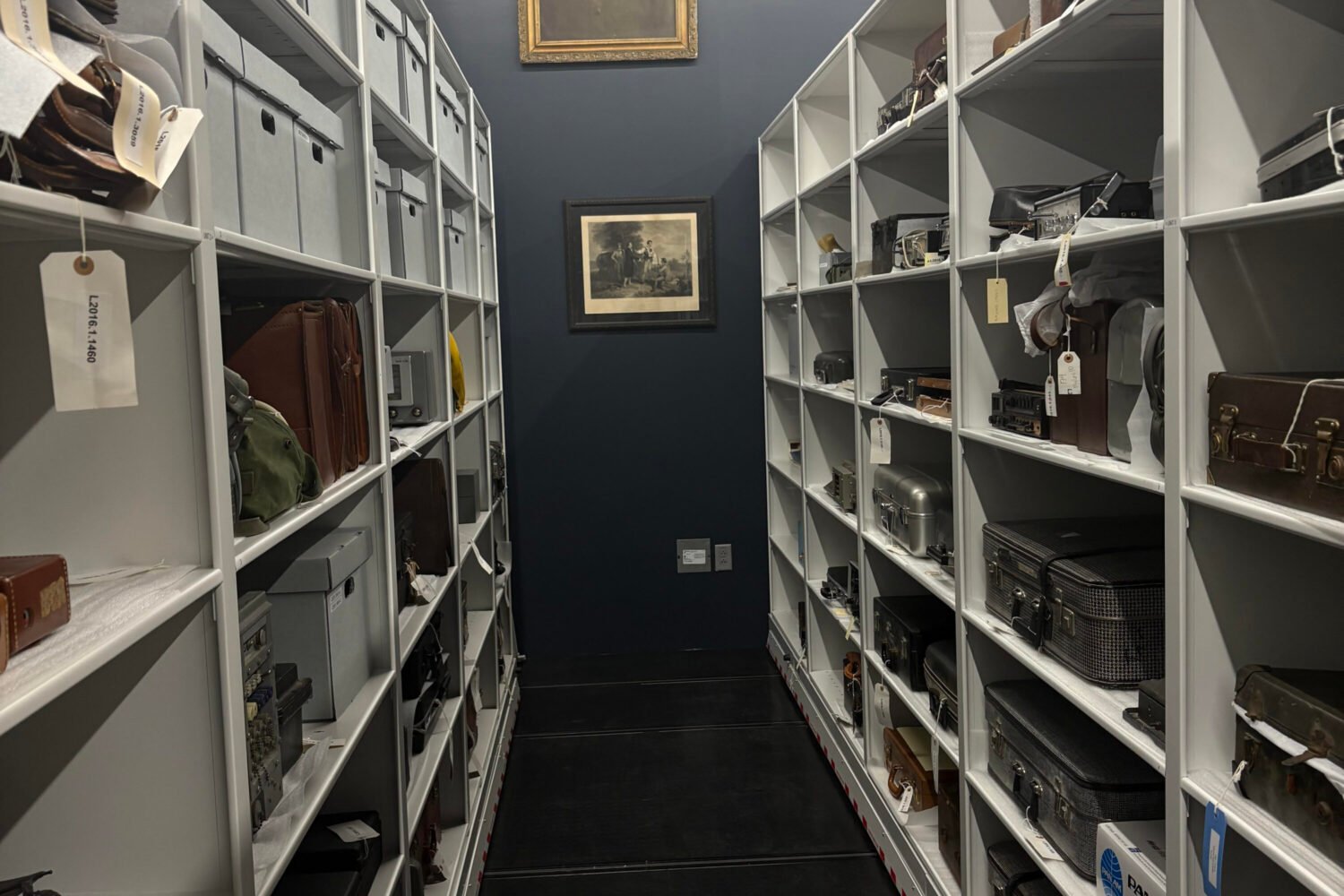After the 2016 election, Amanda Ripley, like so many other journalists, set out to understand American polarization. But where a lot of reporters were content with describing the magnitude of our national estrangement, Ripley became focused on a different question: How do humans pull themselves out of it? Her book about this quest looks at gang shootings in Chicago, the Hatfield-McCoy feud, the Colombian civil war, and regular couples sucked into acrimonious divorces. One conclusion: It’s not about avoiding conflict, or compromising. Rather, it’s about moving from “bad conflict” into a less toxic mode of fighting. A longtime staffer at TIME magazine and author of bestselling books on education and disasters, Ripley—an old friend from our days as rookie writers for Washington City Paper—sat down with me to talk about the unwritten rules of gang violence, the dynamics of divorce settlements, and the future of the republic.
You’ve said that American politics right now is like a couple in an acrimonious divorce. Can you explain that?
There’s something known in family law and psychotherapy as a “high conflict divorce.” These are the kinds of divorces that just go on and on. And the only ones who win are the lawyers. I’ve come to learn that there are also high-conflict politics, high-conflict people, high-conflict companies. This idea of a pervasive negative feedback loop—where you’re just kind of stuck in conflict—is one way to think about high conflict. It’s where your brain behaves differently, so all the normal cognitive biases get magnified. You start missing things, you start making big mistakes about each other, which we know is happening in politics. And probably the worst thing about high conflict is that eventually you start to mimic the behavior of your adversaries. You start to do the thing that you got into the conflict to stop. So to take the divorce analogy too far, maybe if you’re going to war with your ex because you’re really worried about your child, eventually it’s the child that will suffer most of all.
In the book, you actually don’t spend that much time talking about our politics. Can you tell me about the leap from talking about Democrats and Republicans to talking about things like divorced parents?
Four years ago, I went off on this haphazard quest, trying to find examples of people in places that had moved out of high conflict into healthy conflict. And what I realized pretty quickly is that the behavior across really different conflicts is shockingly similar. So whether it’s a divorce court, or gang violence in Chicago, or even civil war in Colombia, you have a lot of the same dynamics at play when you get into these really intractable conflicts. There’s been a lot written about political polarization, and how we got here and how terrible it is. I wanted to get to, “Okay, what now?”
So one of the things you did was actually embed with a mediator.
I learned that despite having covered conflict for decades, I really knew very little about it. This all started when I was interviewing conflict mediators about what journalists could do differently in a polarized climate. One of them had been a reporter on Capitol Hill for many years. She told me that if she could go back to being a journalist, she would go much deeper into conflict, which really surprised me, because people are always criticizing journalists for being too focused on conflict. But she said what we often do is we sort of hover around it. We don’t actually get into it in a way that’s useful and productive. Because we rarely talk about the sort of understory of conflict.
Understory?
Every divorce mediator has a story about a couple that goes to war over some possession. There’s a legendary story in California where the proceeding just came to a standstill over who was going to get the broken Hibachi grill. And finally, the judge offered to bring in his own broken hibachi grill if they would just stop fighting about this. And it’s because it’s not about the broken grill, right? There’s another story about a couple who went to war over who got the Legos. Often people in these kinds of conflicts, they don’t really even know what it’s about. They’re just so fixated on winning, or the other person losing. And no one’s really asked the right questions in the right way. Then you find out, in that case, the Legos really are about this profound fear that they were going to lose the affection of their child. It was the kid’s favorite toy. In the fog of high conflict, you don’t realize that you could just buy more Legos. It’d be much cheaper than paying your lawyers to fight over the Legos. But that’s where understanding the conflict is actually up to me as a journalist.
You hear people these days say, Wow, it’s like the 1850s right now, and the country’s never been so polarized. But if you look at the real 1850s, you had these two radically different political economies within the same nation. They were really almost different countries. Nowadays, you could move from New Jersey to Alabama and maybe the tax rate would be a little bit different, but you’re in recognizably the same country. So why are we at each other’s throats like this?
One of the things that was striking to me was when I followed this group of very progressive Jewish New Yorkers who went on this homestay exchange with very conservative, rural corrections officers in Michigan. Both sides were really frightened of each other before that event. Like, both sides had trouble sleeping. It was so interesting—I mean, they were in the same time zone! But in a way, it felt like it would have been less scary for them to welcome foreigners into their home than fellow Americans. It makes you wonder what percentage of our animus for the other side is real and based in fact—and what percentage is based on myth that someone has cultivated for profit or power?
So based on what you saw, what do we do now as Americans to bring ourselves out of where we are?
I think there’s things that you can do individually, and then things you can do from a policy nerd perspective.
Start with the nerds. We’re among friends.
One of them is to break the binary: dividing up hundreds of millions of Americans into just two political categories. If you wanted to build a political system that would create toxic conflict, this is what you build. Anytime humans get sorted into two opposites, it brings out the worst conflict behavior. There’s tons of research and evolutionary theory about that. The research backs us up: Countries that have more than two political parties, or have proportional representation, or ranked-choice voting, anything other than a winner take all system like we have, tend to be less polarized. So it sounds like “Oh, that’ll never happen.” But actually, it totally is happening. Maine and Alaska are both using ranked-choice voting, New York City will have ranked-choice voting this summer for its mayoral election. If you and I got to choose our top three or four choices, it totally changes the dynamics, not just of our own thinking as voters, but of the candidates’ behavior. You can’t just demonize everyone who supports your opponent, because you need some percentage of them to get elected.
Longer term, I think we need to have some common identity as Americans. Invest in it, build something authentic. One way to do that would be like a national service year. You’re working on solving problems together. There’s just a ton of research behind that; it really reduces prejudice of all kinds if you do it right.
So then what about as citizens? I mean, most people, whatever their politics, want to be good stewards of our country.
The most obvious thing that everyone I followed who shifted out of high conflict did was to distance themselves from the conflict entrepreneurs in their lives. First, figure out who those people or platforms are. Then put some distance between you and them, whether it’s changing who’s on your social media feed or which news outlets you listen to or subscribe to. People who use the language of war when there is no war, people who dehumanize others—at least notice who they are. And then also don’t assume that shaming or publicly embarrassing your opponents will work.
A lot of people, when we hear talk about listening and empathizing across our political divide, think, “Here comes some false equivalence.” It’s fine to look for common ground when we’re talking about marginal tax rates or something. But when there’s one political party that is trying to actively suppress votes and another side that isn’t, I don’t see a lot of middle ground there, either politically or morally.
I am less interested in common ground or compromise or unity, or even bipartisanship, than I am in good conflict. I’ve now seen this thing that is good conflict right in front of me so many times. I can tell you it is a real thing. We are capable of it. And you can disagree passionately. The difference is you are doing it with some dignity, with some grace. You don’t assume that you know everything about 150 million people. You just you cannot. Like, the spell of high conflict makes it feel as if we know.
Take January 6, for example. There weren’t 150 million of them—there were 1,500 of them, or whatever. Based on lies, they believe that the election was stolen. They seek for Congress to overturn the election. And when that doesn’t happen, they sack the Capitol. I don’t know where someone can steer that conversation into a good conflict, or even be curious and empathetic.
I don’t see holding people accountable as mutually exclusive from good conflict. You can have fierce accountability, and even radical visions for change, and still not collapse into caricature and dehumanizing of your enemy. It sort of feels like there’s only two choices, right? It’s either surrender and give up what we know, or it’s continue to be at each other’s throats. And that’s the delusion of high conflict.
So what would good conflict over voter suppression look like?
Trying to understand what’s really going on there. Like, what is it really about? You don’t have to take politicians at their word, but take regular people at their word when they say that they’re frightened. And dig down deep into that. Where did that come from? What was their experience voting? How do they know who to trust when they read about this?
In history, it was possible to kind of police these extremes in the country, like William F. Buckley saying we will not have the John Birch Society as part of the Conservative movement. This seems really important, and seems like something technology has made impossible.
Well, harder.
So how do you cast them out of that public square?
I was just talking to [former Chicago gang leader who now works to reduce gang violence] Curtis Toller about this. The same thing is true in gang violence. There used to be rules of engagement. Like, you didn’t shoot someone when they were walking with their grandmother to church. It was still really violent and awful, but there were some rules. And that’s what they’re trying to get back to piece by piece. They call them non-aggression pacts. A lot of it has to do with social media—if they can get both sides to agree not to post anything defamatory on social media for the next month. So why couldn’t we do that with Congress, with politics, with pundits? I mean, we are asking young men who have lived insane amounts of trauma and violence to do it. It makes asking a politician do that seem like a much easier ask. I agree that those norms have been shed. And it’s harder to have those boundaries. But that’s the work we have to do. Put those boundaries and rules of engagement and decency back in place, including in social media. We are, with social media, where we were with cigarettes in 1952. That doesn’t mean you just give up. We have to get smarter about how we fight online, in person, on TV, on the radio, because we are family. We don’t like it, but we have kids together.















